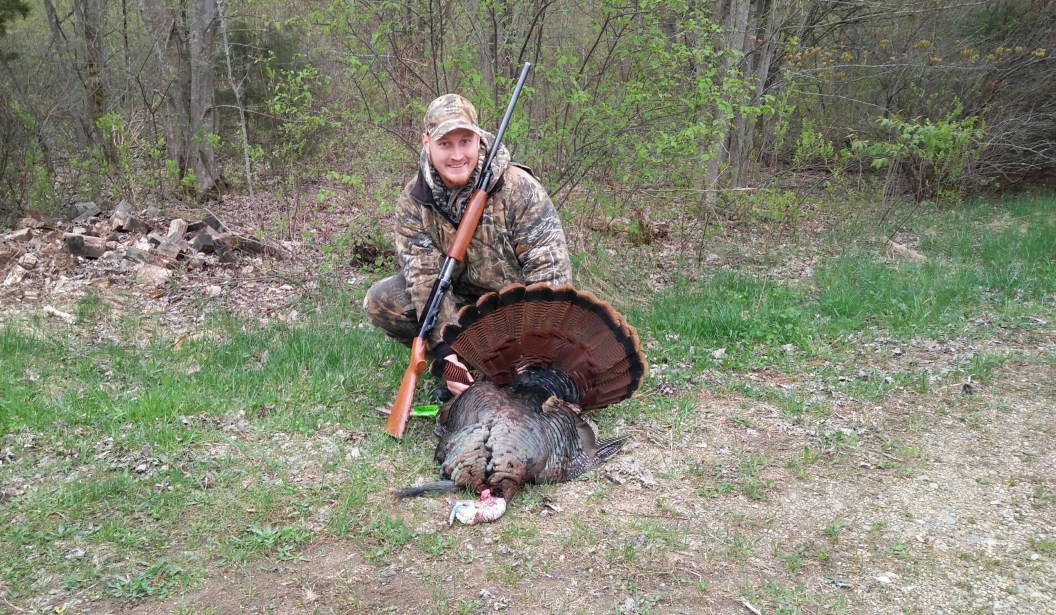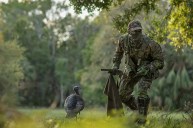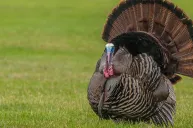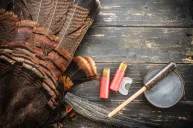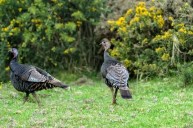One decoy can make all the difference.
Turkey season. Nothing defines spring more than turkey hunting. Most hunters have been getting up and following the movements of a tom or two for several weeks, chasing the sound of gobbles and watching the fields where they strut. I was no different and had two toms pretty well figured.
Opening morning came and a friend and I went out on what should have been a done deal. The turkeys never read that script, or had some ideas of their own, starting with changing roosting locations from the far side of a creek to the other side. Which sounds great until that opening morning when we went to set up and busted the tom off the roost. Trying to make the best of a bad situation, we backed out from where the hens were roosting and set up too little too late. The damage was done and now I was hunting an over-cautious, spooked tom.
Maybe this sounds familiar to you. Everyone has done it and kicked a bird off of the roost. Or, if you hunt public land it might not have even been you who spooked the bird. All hope is not lost! I was still able to bag my bird, and I'm sure you can as well. Even if you don't know why the hot action from last week mysteriously stopped, sizing down your setup can still call in a bird.
Normally I hunt with two to three decoys and use a variety of calls. None of this had worked so far, so instead of calling to the tom, I was going to try calling to the hens. This is where sizing down your setup is key. One decoy, that's it. Pick your favorite and stick in place.
Calling is the hardest part, as this method requires more will power than normal. Call less frequently and only use the lost hen cadence. If you are unfamiliar, this is a series of yelps that grow in intensity and then peter off. I was only making these calls every half hour or so.
Eventually, that flock of hens will come looking or a tom will come investigate. Just be ready, because they are coming in quiet.
NEXT: LIVE BAIT VERSUS ARTIFICIAL LURES: THE DEBATE ENDS HERE
